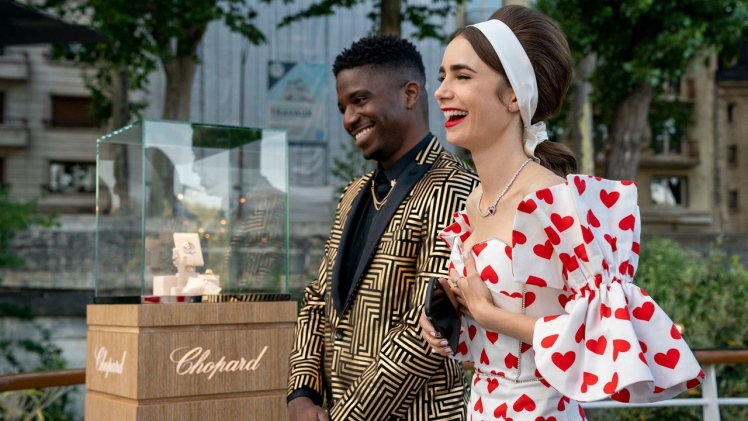Fashion has been an integral part of human culture since the beginning of time. From the earliest days of human civilization, clothing has been used not only to cover the body but also to serve practical purposes such as protection from the elements, hunting, and warfare. Over time, however, fashion has evolved to become much more than just a practical necessity. Today, fashion is an art form and a means of self-expression, constantly changing and adapting to reflect the changing tastes and desires of society kpop pantip.
The earliest forms of fashion were purely functional. In prehistoric times, clothing was made from animal hides and served the dual purpose of keeping people warm and protecting them from the elements. As human societies developed, clothing became more complex and specialized, with different types of clothing being designed for specific purposes such as hunting, farming, and warfare monadesa.
It was not until the Middle Ages that fashion began to emerge as a distinct art form. During this time, clothing became more ornate and decorative, with elaborate designs and intricate embroidery. Clothing also began to be used as a means of expressing social status and wealth, with the wealthiest members of society wearing the most elaborate and expensive garments nobedly.
The Renaissance marked a significant turning point in the evolution of fashion. During this period, clothing became even more elaborate and ornate, with the use of expensive fabrics such as silk and velvet and the incorporation of intricate embroidery and lace. Fashion also began to be influenced by the art and culture of different regions, with Italian fashion becoming particularly influential in Europe respill.
The Industrial Revolution marked another significant milestone in the evolution of fashion. With the advent of mass production techniques, clothing became more affordable and accessible to a wider range of people. This led to the emergence of a new middle class, who were able to purchase fashionable clothing and accessories for the first time.
In the 20th century, fashion continued to evolve and change at a rapid pace. The early part of the century saw the emergence of new styles such as Art Nouveau and Art Deco, which were characterized by bold colors and geometric shapes. The 1920s saw the emergence of flapper fashion, which emphasized shorter hemlines and more relaxed silhouettes. The 1950s were characterized by full skirts and hourglass figures, while the 1960s saw the emergence of mod fashion, characterized by bold prints and bright colors.
Today, fashion continues to evolve and change at a rapid pace. The rise of the internet and social media has made fashion more accessible than ever before, with people from all over the world able to share their style and fashion sense online. The 21st century has seen the emergence of new trends such as athleisure, which combines athletic wear with casual clothing, and sustainable fashion, which emphasizes environmentally friendly materials and production methods blazeview.
Despite the constant evolution of fashion, one thing remains constant: fashion is a means of self-expression. Whether we are wearing clothing for practical reasons or to make a fashion statement, the clothes we wear reflect who we are and what we value. As fashion continues to evolve and change, it will continue to be a powerful means of self-expression and a reflection of the changing tastes and desires of society.


